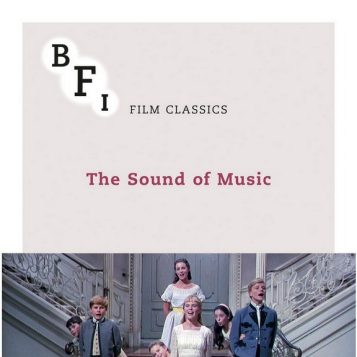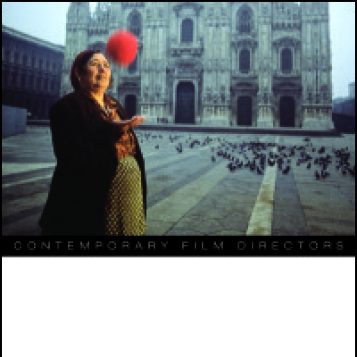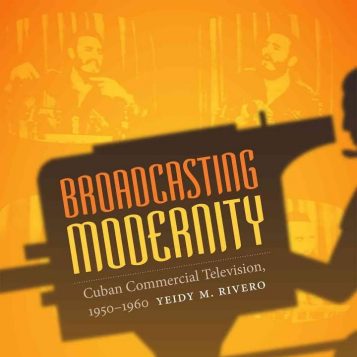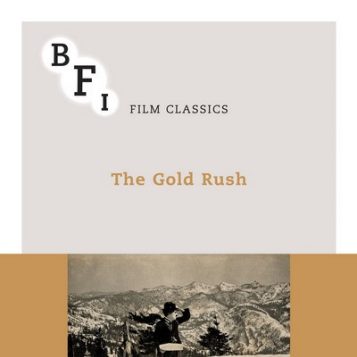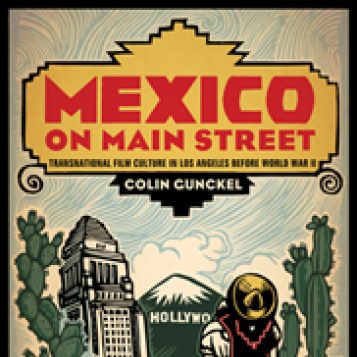2015
BFI Film Classics: The Sound of Music (2015)
Caryl Flinn
Fifty years after its release, The Sound of Music (1965) remains the most profitable and recognisable film musical ever made. Quickly consolidating its cultural authority, the Hollywood film soon eclipsed the German film and Broadway musical that preceded it to become one of the most popular cultural reference points of the twenty-first century.
In this fresh exploration, Caryl Flinn foregrounds the film's iconic musical numbers, arguing for their central role in the film's longevity and mass appeal. Stressing the unique emotional bond audiences establish with ...
Emir Kusturica (2015)
Giorgio Bertellini
Emir Kusturica is one of Eastern Europe's most celebrated and influential filmmakers. Over the course of a thirty-year career, Kusturica has navigated a series of geopolitical fault lines to produce subversive, playful, often satiric works. On the way he won acclaim and widespread popularity while showing a genius for adjusting his poetic pitch--shifting from romantic realist to controversial satirist to sentimental jester.
Leading scholar-critic Giorgio Bertellini divides Kusturica's career into three stages--dissention, disconnection, and dissonance--to reflect both the historic and...
See More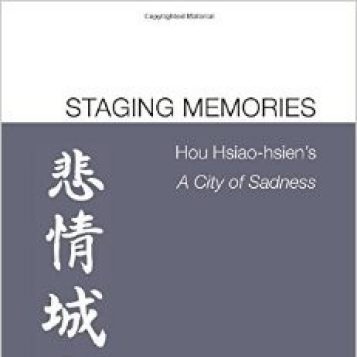
Staging Memories: Hou Hsiao-hsien’s A City of Sadness (2015)
Markus Nornes and Emilie Yueh-yu Yeh
In Staging Memories, authors Abé Mark Nornes and Emilie Yeh present an updated study of Hou Hsiao-hsien’s landmark contributions to Taiwanese and world cinema, with particular emphasis on A City of Sadness (Beiqing Chengshi), the winner of the Golden Lion award at the 1989 Venice Film Festival. Staging Memories is based on Narrating National Sadness, one of the first hypertext analyses in film studies, and its analysis is couched in a general history of Taiwan, the political massacre that A City of Sadness recreates, and the history of Taiwan...
See More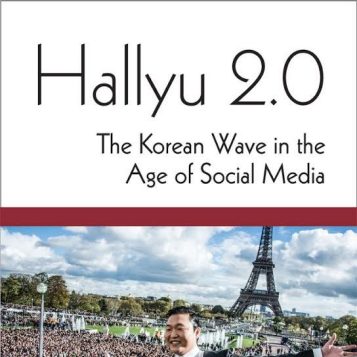
Hallyu 2.0: The Korean Wave in the Age of Social Media (2015)
Sangjoon Lee and Markus Nornes, eds.
Collectively known as Hallyu, Korean music, television programs, films, online games, and comics enjoy global popularity, thanks to new communication technologies. In recent years, Korean popular culture has also become the subject of academic inquiry. Whereas the Hallyu’s impact on Korea’s national image and domestic economy, as well as on transnational cultural flows, have received much scholarly attention, there has been little discussion of the role of social media in Hallyu’s propagation. Contributors to Hallyu 2.0: The Korean Wave in the Age of Social Media explore the ways in which Korean...
See MoreBroadcasting Modernity: Cuban Commercial Television, 1950-1960
Yeidy M. Rivero
The birth and development of commercial television in Cuba in the 1950s occurred alongside political and social turmoil. In this period of dramatic swings encompassing democracy, a coup, a dictatorship, and a revolution, television functioned as a beacon and promoter of Cuba’s identity as a modern nation. InBroadcasting Modernity, television historian Yeidy M. Rivero shows how television owners, regulatory entities, critics, and the state produced Cuban modernity for television. The Cuban television industry enabled different institutions to convey the nation's progress, democracy, economic...
See MoreBFI Film Classics: The Gold Rush (2015)
Matthew Solomon
One of the biggest hits of the silent era, The Gold Rush (1925) was famously described by Charlie Chaplin – the star, writer and director of the film – as 'the picture I want to be remembered by'. Enjoying popular and critical success not once but twice, the film was given a new lease of life with sound in 1942 after Chaplin added his own narration and music.
Matthew Solomon provides an in-depth discussion of the film's genesis within the Northern genre, its production and reception history, and its subsequent canonisation. Considering both unauthorised and authorised...
Mexico on Main Street: Transnational Film Culture in Los Angeles before World War II (2015)
Colin Gunckel
In the early decades of the twentieth-century, Main Street was the heart of Los Angeles’s Mexican immigrant community. It was also the hub for an extensive, largely forgotten film culture that thrived in L.A. during the early days of Hollywood. Drawing from rare archives, including the city’s Spanish-language newspapers, Colin Gunckel vividly demonstrates how this immigrant community pioneered a practice of transnational media convergence, consuming films from Hollywood and Mexico, while also producing fan publications, fiction, criticism, music, and live theatrical events. Mexico on Main Street...
See More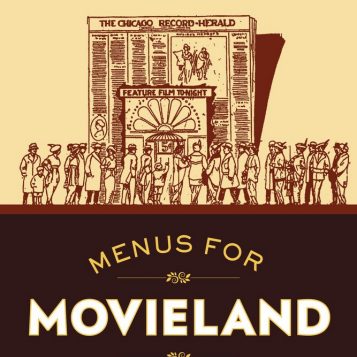
Menus for Movieland: Newspapers and the Emergence of American Film Culture (2015)
Richard Abel
At the turn of the past century, the main function of a newspaper was to offer “menus” by which readers could make sense of modern life and imagine how to order their daily lives. Among those menus in the mid-1910s were several that mediated the interests of movie manufacturers, distributors, exhibitors, and the rapidly expanding audience of fans. This writing about the movies arguably played a crucial role in the emergence of American popular film culture, negotiating among national, regional, and local interests to shape fans’ ephemeral experience of moviegoing, their repeated encounters with...
See More
